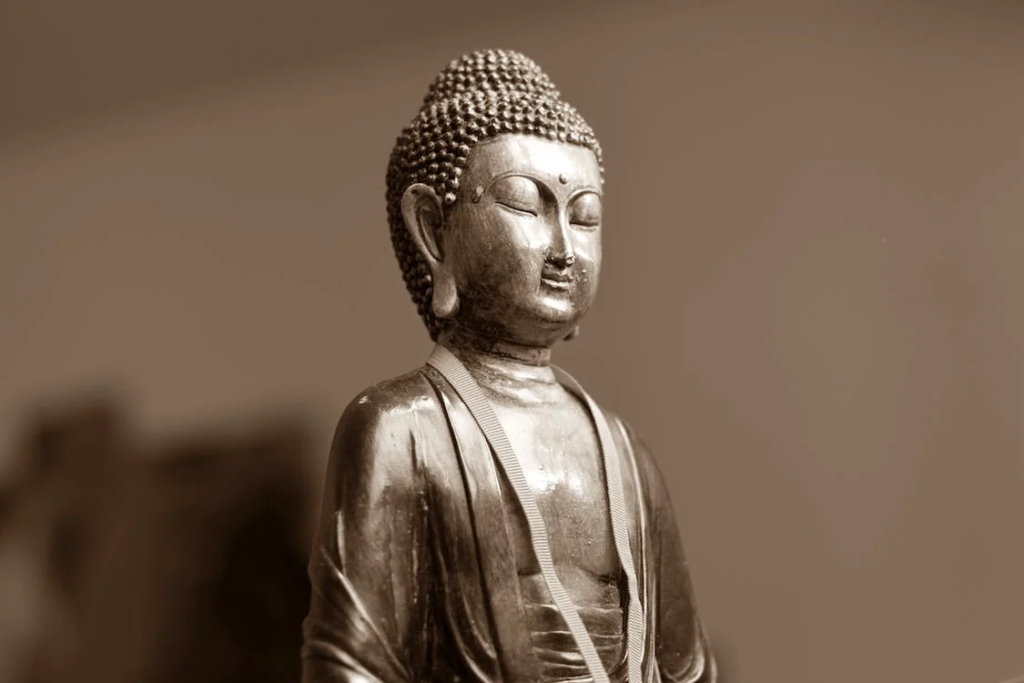
Buddhism has a rich and fascinating history in Europe, with the religion establishing itself firmly in the region over the past five decades. Today, there are numerous temples, monasteries, and centres spread throughout Europe, with Theravāda, Mahāyāna, and Tibetan Buddhism, as well as Western Buddhist communities, all present and thriving.
The roots of Buddhism in Europe can be traced back to the reception of Buddhist ideas and texts by European colonial officers, philosophers, and scholars, who began to establish Buddhist groups and organizations in the region. One such example is the Theosophical Society, founded by Helena Blavatsky in 1875, which sought to promote an understanding of Buddhism and other Eastern religions in the West.
However, it was not until the 1960s that significant changes occurred with the arrival of Japanese Zen, Tibetan, and Theravāda Buddhism teachers, teachings, and practices. In 1965, the first European Zen centre was established in London, with the arrival of the Japanese teacher, D. T. Suzuki. This was followed by the establishment of other Zen centres throughout Europe, including the Sanbo Kyodan tradition in Germany and the Deshimaru lineage in France.
The arrival of Tibetan Buddhism in Europe can be traced back to the 1960s, with the establishment of the Tibetan Buddhist Center in London by Lama Yeshe and Lama Zopa Rinpoche. The centre later became the Foundation for the Preservation of the Mahayana Tradition (FPMT), which has established centres throughout Europe, including the Institut Vajra Yogini in France and the Jamyang Buddhist Center in London.
Theravāda Buddhism also began to establish itself in Europe during the 1960s, with the arrival of the Burmese teacher, Mahasi Sayadaw, and the establishment of the Insight Meditation Society (IMS) in Massachusetts. The IMS later established centres throughout Europe, including the Gaia House in England and the Spirit Rock Meditation Center in California.
Since the 1980s, the number of Buddhist people in most Western European countries has increased significantly, thanks to the influx of migrants and refugees from various Asian countries. As a result, Buddhism has become more accessible and mainstream, with vipassanā meditation and its various secular forms becoming increasingly popular as a trendy form of stress reduction and awareness development.
The positive public image of Buddhism has also played a significant role in the religion’s growth in Europe. The widespread projection of Buddhism as peaceful, tolerant, and positive has led to tremendous growth in terms of the number of centres and members. Furthermore, the capitalist market has turned the idea of Buddhism into a commodity, with Buddhist figures, thanks, and sound bowls, among others, being readily available for purchase in numerous furniture and garden shops.
Buddhism has taken on many different forms in Europe, shaped by the large-scale social trends of pluralisation, secularisation, and commodification. For example, the New Kadampa Tradition (NKT), which was established in the UK in the 1990s, has been criticised for its aggressive marketing tactics and for deviating from traditional Buddhist practices. However, the tradition has also been praised for making Buddhism more accessible to a wider audience.
Despite these changes, the idea that original religious inspirations derive from the East has continued over a time span of two to three hundred years in Europe. This can be seen in the popularity of mindfulness and yoga practices, which are often associated with Buddhism.

